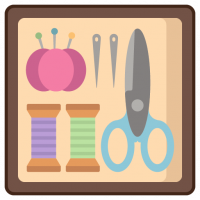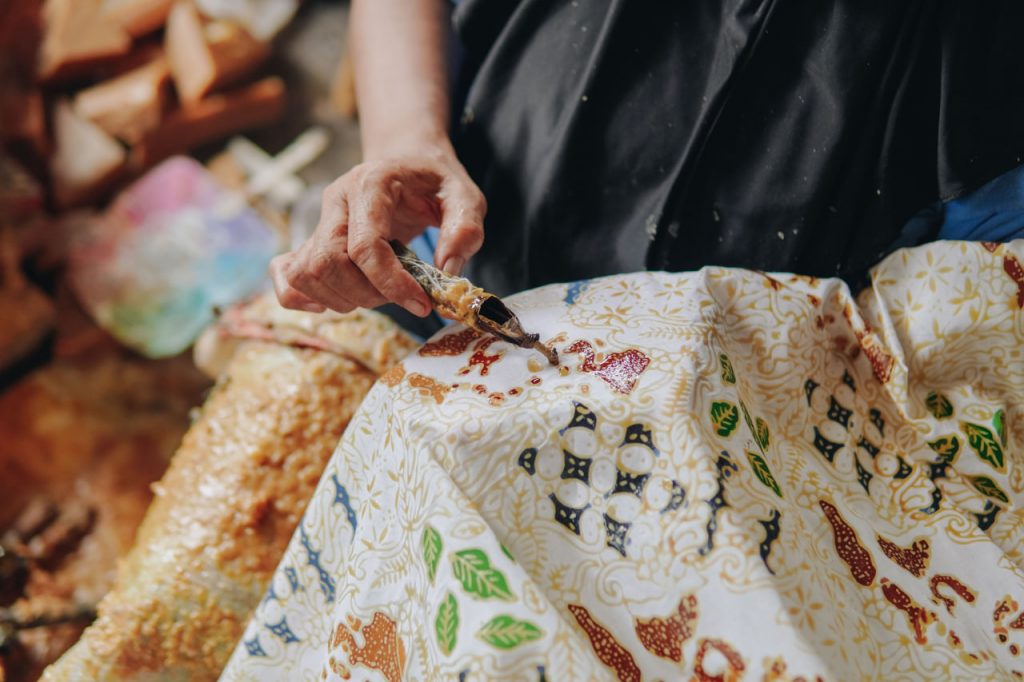Patchwork isn’t just about stitching fabric pieces together — it’s a visual language. The way we combine colors, shapes, and textures turns a simple quilt into a work of art. Understanding how to use color and pattern effectively is one of the most powerful skills a patchwork artist can develop. It’s what brings emotion, harmony, and personality into every project.
Color Tells a Story
Each color carries its own mood and meaning. Soft pastels can bring calmness and nostalgia. Bold contrasts — like red and black — can make a dramatic statement. Earthy tones may remind us of nature and home, while bright, saturated hues express joy and playfulness.
In patchwork, you’re not limited to one palette — you can blend styles and experiment. But to make your design feel intentional, it helps to understand the basics of color theory. Warm vs. cool tones, complementary vs. analogous colors — these concepts help you build balance and impact in your work.
At Patchwork Academy, we guide you through how to choose a palette that fits your vision — whether you’re making a cozy heirloom quilt or a bold modern wall hanging.
Playing with Patterns
Mixing prints, textures, and fabric types is one of the most exciting parts of patchwork. Florals next to stripes, polka dots with solids — the combinations are endless. But the key is contrast and balance. Too many busy patterns can overwhelm the eye; too many solids can feel flat.
A great tip is to pick one dominant fabric — the “hero” of your project — and then choose supporting prints that echo its colors or motifs in subtler ways. Varying the scale of your prints (small, medium, and large) also adds depth and visual interest.
Our course includes practical lessons on how to pair and layer patterns confidently — so you can develop your own unique signature style.
From Chaos to Cohesion
Many beginners worry their fabric choices look random or messy. But with a little planning and practice, chaos can become harmony. Using repeating elements, establishing a visual rhythm, and working with blocks of color can bring unity to even the most eclectic designs.
We encourage students to trust their instincts, take creative risks, and learn through experience. Some of the most beautiful patchwork pieces come from unexpected combinations that just work — even when they break the “rules.”
Your Artistic Journey Starts Here
Patchwork gives you freedom to express yourself through fabric. Whether you lean toward traditional elegance or modern minimalism, the way you use color and pattern defines your creative voice.
Join us at Patchwork Academy, and let us help you turn fabric into art — one square at a time.

